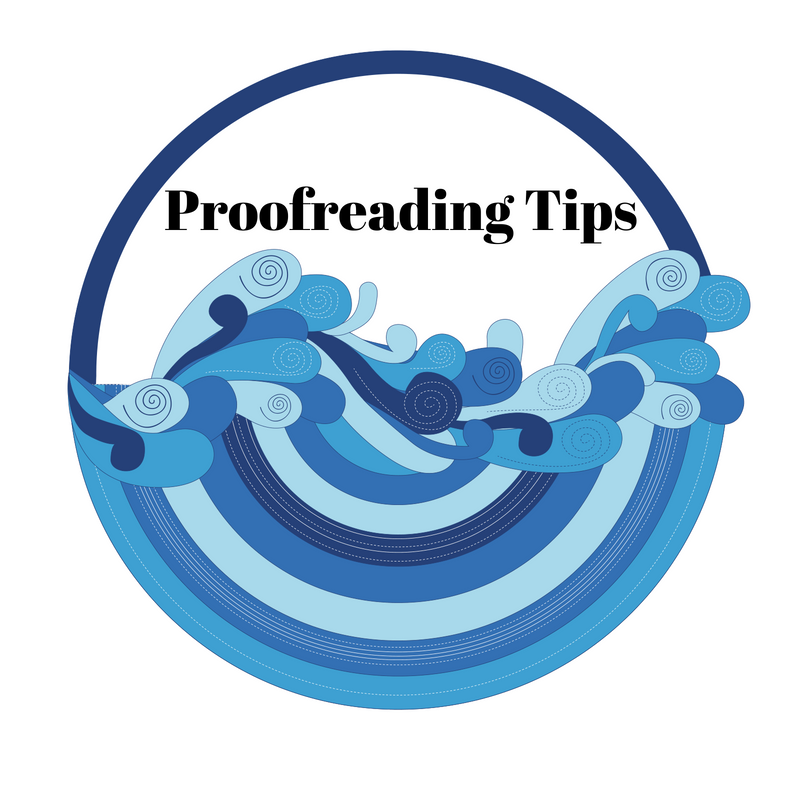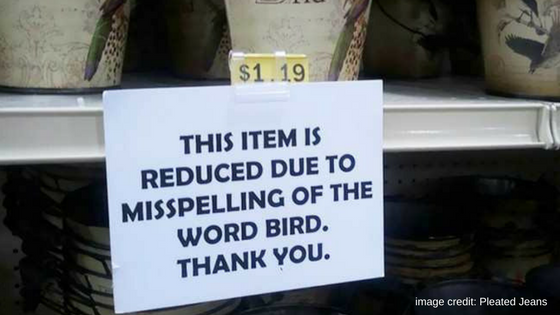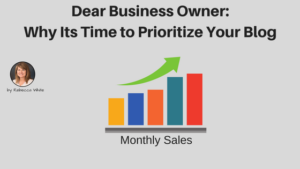A friend’s dog, we’ll call him Rover, loves to chase his tail. Around and around he goes, with little outcome until he finally collapses, exhausted. Not having a grant strategy for funding your work can set you up for the same result as Rover’s tail chasing. The alternative? A well-thought-out plan.
A robust grant strategy provides focus, puts your energy into funding needs, and limits the urge to chase money that pulls your organization off mission. Here’s an easy 4-step process to get your 2019 grant strategy moving forward:
Step 1. Identify potential funders- funders who want to support work like yours. Use my handy Grant Strategy Project Outline.
Step 2. Identify matching funders. Start with local funders like giving circles or service organizations. Also research government, corporate and foundation funding. Your local library will have resources like Foundation Directory Online or Grant Station.
Step 3. Look for funders who match your:
- Area of work (Job training, hunger prevention…)
- Target Population (Who do you serve?)
- Geography (Are you local, regional, national?)
- Type of support you need (operating, capacity building, program, capital?)
If you’ve worked up the Project Outline, you’ll have a strong framework for your search.
Step 4. Build your proposal calendar as a guide to follow for the year. Outline the funder, the amount you’ll pursue, and application deadlines. If you need $50,000 in funding, you’ll want to identify at least $75,000 in potential funding. If you’re awarded the needed $50,000 before you work through all the funders you’ve identified, terrific. The remaining potential funders can be the start of next year’s grant strategy.
Once you have a solid strategy, you can begin the proposal process. For step-by-step grant writing help, I like the Community Toolbox developed by folks at the University of Kansas. They’ve put together tons of useful resources for you.
By understanding your funding needs and using this easy 4-step process, you can get your grant strategy rolling for 2019.





 As a business owner, you’re focused on attracting potential clients and making the sale. In today’s digital world, your clients are online, and they expect you to be as well. One impactful way to connect with your customer is through a company blog. Blogs can draw customers directly to your website, shorten the sales cycle, and boost Search Engine Optimization.
As a business owner, you’re focused on attracting potential clients and making the sale. In today’s digital world, your clients are online, and they expect you to be as well. One impactful way to connect with your customer is through a company blog. Blogs can draw customers directly to your website, shorten the sales cycle, and boost Search Engine Optimization.